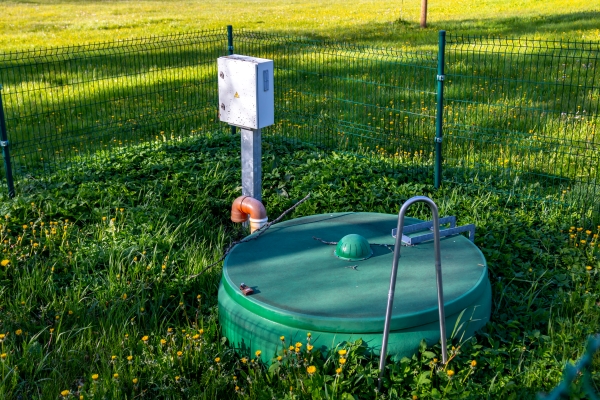Snaking vs. Hydro Jetting
Read More...
As a home and property owner with your building not connected to your local waste treatment system, choosing the appropriate one can be quite a hassle. There are multiple options of septic systems to select among. As your reliable plumber, we have carefully sorted out various septic systems to help you eliminate the hard task of identifying the suitable option. Thus, kindly spare your valuable time identifying the main waste treatment methods you can choose for your property.
There are multiple septic systems that you can come across during your hunt for a new septic system for your home. However, this task can be tremendous since you have to explore different options. But if you can choose the most appropriate method for your home, you will get rid of sewer repair costs and secure the septic system that will serve all your needs best.
Here are the three main types of septic systems:
This system consists of a drain line and a septic tank. Typically, all waste materials flow into the septic tank, and fats, solids, oils, and grease are isolated from water. Later, the water naturally flows to the drain line and is filtered naturally by layers of sand, rocks, and filtration chambers before meeting the groundwater.
Since the drain line is an essential component of this system, it can be suitable for properties with sufficient space and good soil for waste treatment before it arrives at the water table.
This septic system comprises a septic tank that separates water and solids. Further, a treatment procedure in an aeration chamber and some biological treatment approaches where soluble particles are eliminated from the water.
This treatment takes place in the septic system rather than in the soil. Therefore, you can reliably choose this system if your property lacks adequate space and good soil for the drain line.
This system involves a primary tank separating insoluble particles and an aeration chamber for removing soluble particles. Later, the treatment process is completed by reverse osmosis, UV disinfection, carbon absorption, and biological filtering to eliminate toxic bacteria, microorganisms, or viruses.
This septic system is ideal for releasing wastewater into the environment without worrying about contamination. Thus, it can be a perfect choice if you are conscious of environmental pollution within your premise.
With some basic knowledge about various types of septic systems, it can be helpful to consider how to choose the right design before calling your plumber to install an inappropriate system you've already purchased. Here are essential tips you should consider:
The size of the septic tank will vary according to the number of rooms in your house. Typically, a 3180 liters tank will be suitable for a home with five bedrooms and below. Also, larger homes will require an 1820 Liters tank for general household appliances. Further, an additional 270 Liters volume will be necessary for an extra bedroom.
Traditional septic tanks require sufficient space for setting up a drain line. Thus, if you are considering such an option, consider the health of your soil before purchasing your next septic tank.
Environmentally friendly septic systems such as the tertiary purification treatment system will be good if you live close to a water body or wildlife facility.
Some systems require gravitational attraction to pull waste into the drain line. However, you can pump waste to the septic tank if your topography is unfriendly, but this can lead to unnecessary costs if not within your budget.
Choosing the right septic system for your home with minimum sewer repair costs can be challenging. Choosing a reliable plumber to carry out the task will enable you to make an informed decision. Luckily, Mr. Rooter Plumbing is always ready to help you. We’re composed of a team of professional plumbers who will install and offer sewer repair services for your septic system. Contact us or schedule a job estimate online.